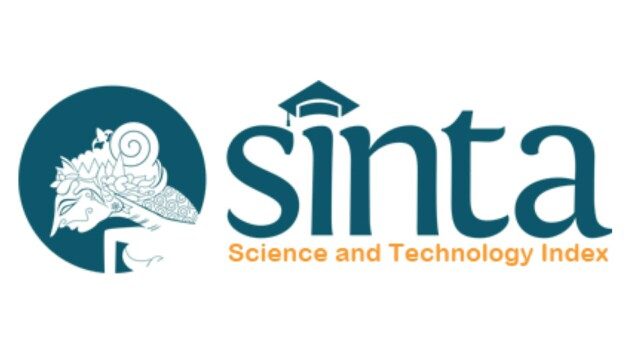Perancangan Dasbor untuk Peningkatan Kinerja Penjualan menggunakan Pendekatan Self-Service Business Intelligence pada PT. X
Sari
Kata Kunci
Teks Lengkap:
PDFReferensi
Saravanan, D., & Nithyaprakash, V. (2015). Fashion trends and its impact on society. International Conference on Textiles, Apparels and Fashion. Abrar, H. W. (2020). Perancangan self-service business intelligence sebagai alat bantu pengambilan keputusan produksi dan distribusi (Studi kasus: PT. Lintas Bintang Mulia Nusantara) [Skripsi sarjana yang tidak dipublikasikan]. Universitas Islam Indonesia. Biemans, F., Lankhorst, M., Teeuw, W., & Van de Wetering, R. (2001). Dealing with the complexity of business systems architecting. System Engineering, 4(2), 118–133. Vercellis, C. (2009). Business Intelligence: Data Mining and Optimization for Decision Making. John Wiley & Sons. Lesakova, L., & Katarina, D. (2016). Knowledge and use of the balanced scorecard method in the businesses in the Slovakia Republic. Procedia - Social and Behavioral Sciences, 230, 39–48. Aziza, N., Suwignyo, P., & Makki, A. (2019). Performance measurement using the integrated performance measurement system approach. Jurnal Teknik Industri, 20(1), 73–84. Gaardboe, R., Nyvang, T., & Sandalgaard, N. (2017). Business intelligence success applied to healthcare information systems. Procedia Computer Science, 121, 483–490. Devi, M. N., & Priya, A. (2016). Invoicing and analytics for small and micro manufacturing enterprises. International Conference on Recent Trends in Information Technology (ICRTIT), 10(11), 1–7. Vajirakachorn, T., & Chongwatpol, J. (2017). Application of business intelligence in the tourism industry: A case study. Tourism Management Perspectives, 23(3), 75–86. Garcia, J. M. V., & Pinzon, B. H. D. (2017). Key success factors to business intelligence solution implementation. Journal of Intelligence Studies in Business, 7(1), 48–69. Logi Analytics. (2015). 2015 of Self-Service Report: Logi Analytics’ Second Executive Review of Self-Service Business Intelligence Trends. Logi Analytics. Imhoff, C., & White, C. (2011). Self-Service Business Intelligence: Empowering Users to Generate Insights. TDWI Best Practices Report. Lennerholt, C., & Laere, J. V. (2019). Data access and data quality challenges of self-service business intelligence. European Conference on Information Systems, 37. Rafif, M. F. (2019). Comparison study of the development of self-service business intelligence between Power BI and Tableau desktop (Case study: Microsoft Adventure Works) [Skripsi sarjana yang tidak dipublikasikan]. Universitas Islam Indonesia. Rahman, K. F. (2019). Development of self-service business intelligence for decision support system using Microsoft business intelligence tools (Case study: Microsoft Adventure Works) [Skripsi sarjana yang tidak dipublikasikan]. Universitas Islam Indonesia. Immawan, T., Pratiwi, A. I., & Cahyo, W. N. (2019). The proposed dashboard model for measuring performance of small-medium enterprises (SME). International Journal of Integrated Engineering, 11(5), 161–173. Bakri, R., Halim, A., & Astuti, N. P. (2013). Sistem informasi strategi pemasaran produk dengan metode market basket analysis dan sales forecasting: Swalayan kota Makassar. Jurnal Manajemen Teori dan Terapan, 11(2), 66–88.
DOI: https://doi.org/10.24176/simet.v15i2.13991
Refbacks
- Saat ini tidak ada refbacks.
Indexed by:





Simetris : Jurnal Teknik Mesin, Elektro dan Ilmu Komputer is licensed under a Creative Commons Attribution-NonCommercial-ShareAlike 4.0 International.
Dedicated to:













